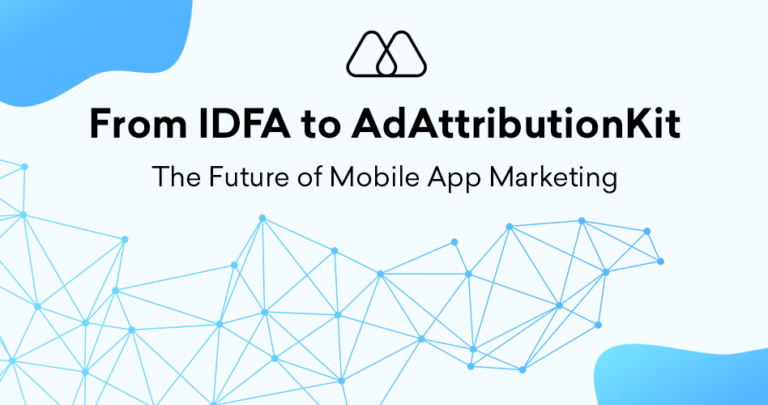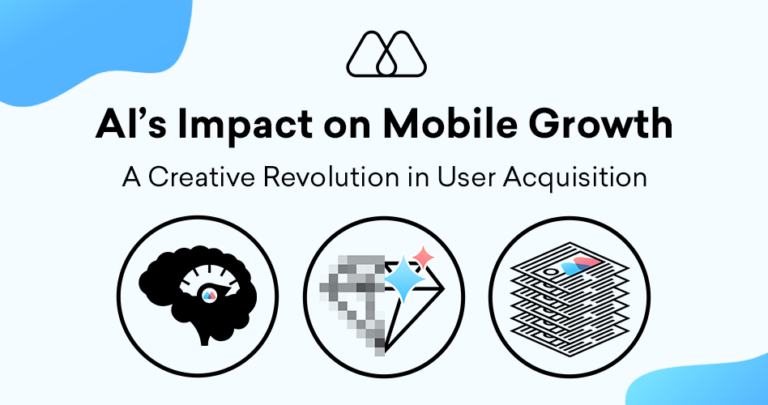The mobile app landscape is fiercely competitive, and user acquisition (UA) is the lifeblood of any successful app. UA refers to the strategies and tactics employed to attract new users to your app and convert them into engaged users. This article delves into the complexities of UA within the mobile advertising industry, equipping you, the mobile app marketer, with the knowledge to navigate this ever-evolving landscape and achieve sustainable user acquisition growth.
Understanding User Acquisition
At its core, UA encompasses a multi-faceted approach to attract, engage, and retain users. It’s a continuous process that requires a deep understanding of your target audience, their needs, and the competitive environment. Effective UA involves:
- Market Research & Audience Identification: Identify your ideal user persona through market research and understanding their demographics, interests, and app usage behavior.
- Campaign Development & Optimization: Crafting targeted campaigns across various channels and platforms, constantly testing and refining them for optimal performance.
- User Onboarding & Retention: Creating a seamless onboarding experience and implementing strategies to keep users engaged within your app over the long term.
The UA Funnel: A Framework for Success
The UA funnel visualizes the user journey from initial awareness to conversion and retention. Here’s a breakdown of the key stages:
- Awareness: This stage focuses on making potential users aware of your app’s existence. Employing channels like app store optimization (ASO), social media marketing, and influencer marketing can increase visibility.
- Interest: Once aware, users need to be enticed to learn more about your app. Compelling creatives, video trailers, and app store descriptions showcasing the app’s value proposition are crucial here.
- Consideration: Users weigh their options and compare your app to similar offerings. Positive user reviews, app store ratings, and social proof can influence their decision.
- Download & Installation: A seamless download and installation process is essential to avoid friction and abandonment. Optimizing app store listings for discoverability is key.
- Activation & Engagement: This stage focuses on getting users to take a desired action within the app, such as completing a signup or purchasing. User onboarding guides, tutorials, and in-app incentives can encourage initial engagement.
- Retention: The goal is to retain users and foster long-term engagement. Strategies like personalized experiences, loyalty programs, and push notifications can be implemented here.
Key UA Strategies for Mobile App Marketers
Here are some key strategies to consider within your UA approach:
- App Store Optimization (ASO): Optimize your app store listing with relevant keywords, compelling visuals, and a clear value proposition to improve organic discoverability within app stores.
- Paid Advertising: Leverage paid advertising platforms to target specific demographics and user interests across various channels like social media, search engines, and programmatic advertising. A/B testing different ad creatives and targeting parameters is crucial for optimization.
- Influencer Marketing: Partner with relevant influencers in your niche to promote your app to their established audience. Ensure alignment with your target user persona and focus on authenticity in the influencer’s message.
- Organic Growth: Encourage organic growth through user referrals (e.g., referral programs), social media engagement, and content marketing that showcases your app’s value and resonates with your target audience.
- Data-Driven Decisions: Utilize user analytics data to understand user acquisition funnel performance. Analyze user behavior, identify drop-off points, and optimize your UA strategies based on insights gained from the data.
Advanced Strategies for Sophisticated UA Practitioners
For experienced UA professionals, here are some advanced strategies to explore:
- Retargeting: Utilize retargeting campaigns to reach users who have previously interacted with your app but haven’t yet converted.
- Lookalike Audiences: Leverage ad platforms’ capabilities to target users with characteristics similar to your existing high-value users.
- Geo-fencing: Target users who are physically located near your brick-and-mortar locations (if applicable) or specific events relevant to your app.
- App Attribution: Implement app attribution solutions to accurately track user acquisition sources and measure the effectiveness of your various UA campaigns.
5 Key Takeaways from User Acquisition (UA)
- Multi-faceted Approach: UA is a continuous process encompassing market research, campaign development, onboarding, and retention strategies.
- UA Funnel: Visualize the user journey from awareness to installation, engagement, and retention to optimize your efforts.
- Key Strategies: Leverage ASO, paid advertising, influencer marketing, organic growth, and data-driven decision-making.
- Advanced Strategies: Explore retargeting, lookalike audiences, geo-fencing, and app attribution for experienced UA professionals.
- Sustainable Growth: Effective UA fuels long-term user acquisition and app success.
User acquisition is a dynamic and ever-evolving area within the mobile app advertising industry. By understanding the core principles, employing a strategic multi-channel approach, and continuously optimizing your UA efforts based on data insights, you can navigate the competitive landscape and achieve sustainable user acquisition growth for your mobile app. Remember, a successful UA strategy is not a one-time effort but ongoing experimentation, analysis, and refinement.




